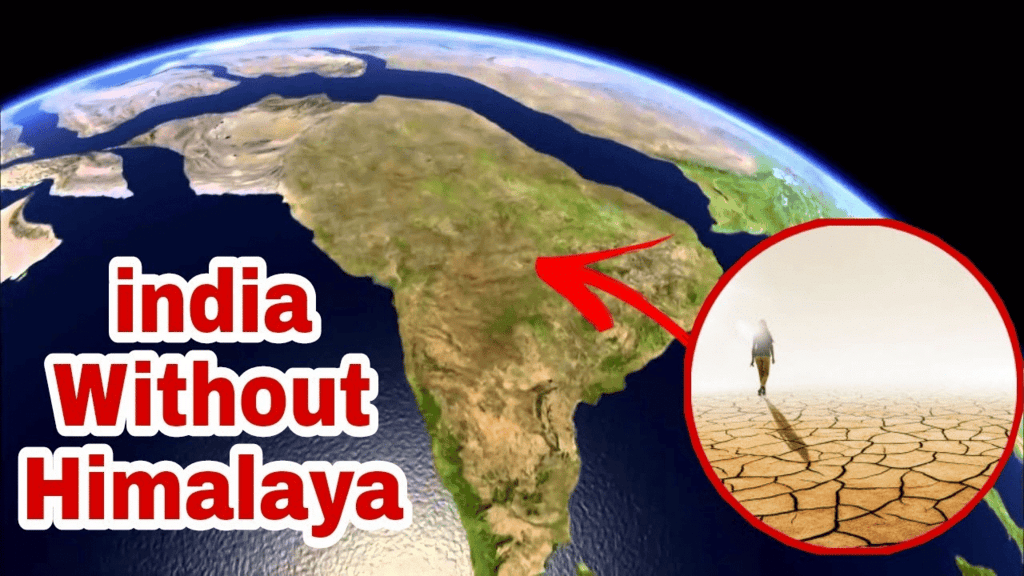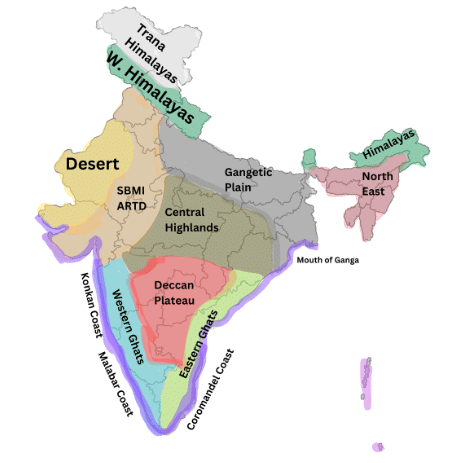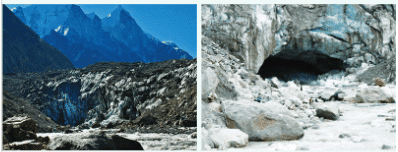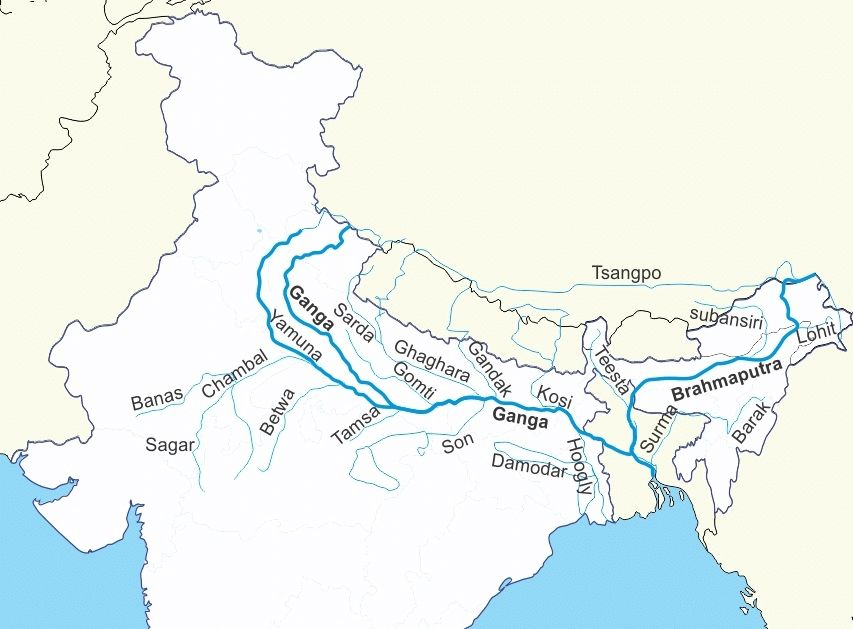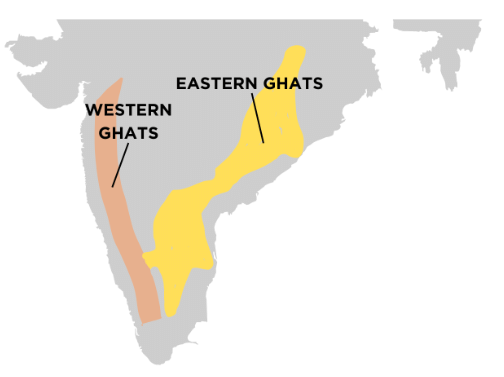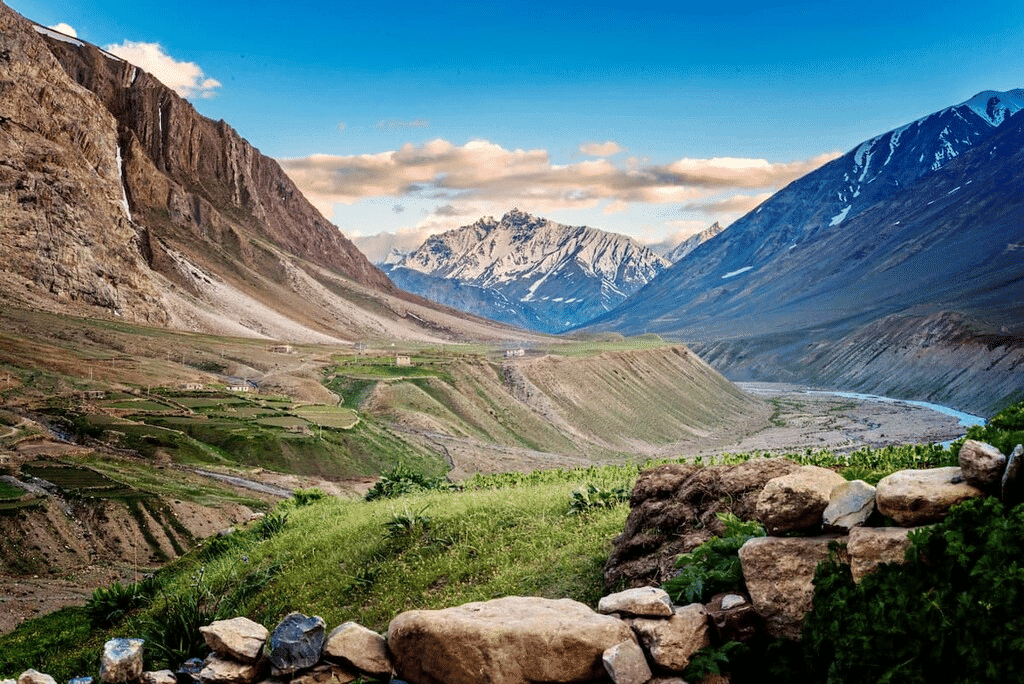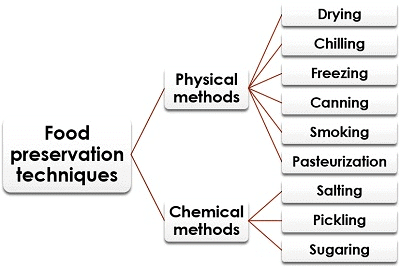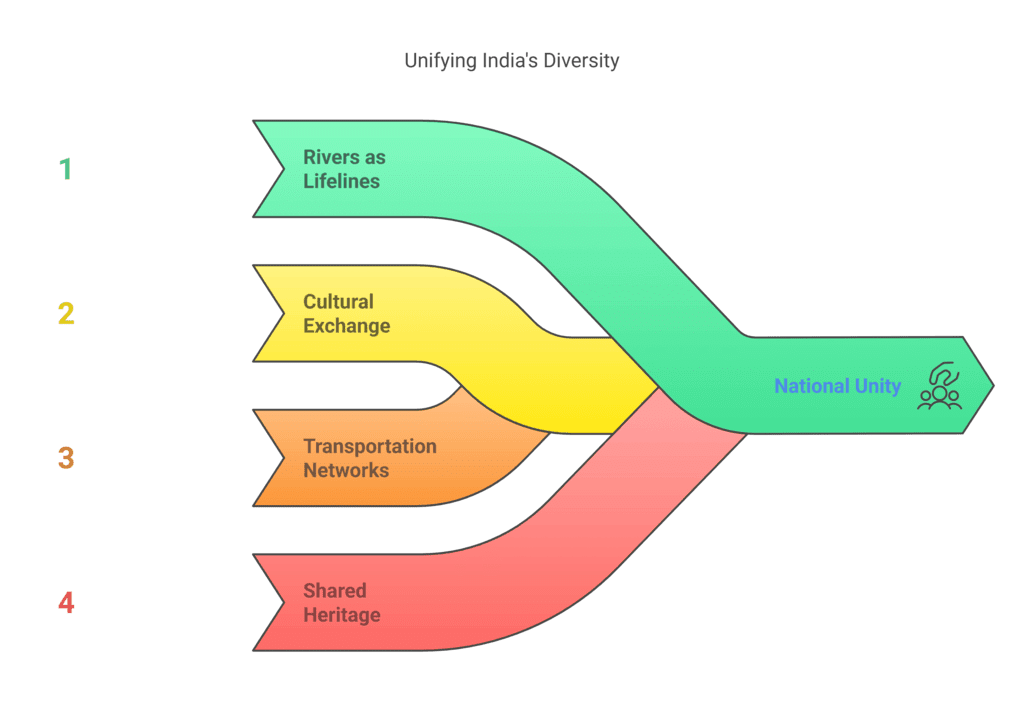The Big Questions (Page 209)
Q1: What is a constitution, and why do we need one?
Ans:
- A constitution is a rulebook that explains how a government works and how citizens are protected.
- It sets the roles of the legislature, executive, and judiciary, and ensures they work fairly.
- It lists the rights and duties of citizens, and the country’s core values like justice and equality.
- Without a constitution, there would be confusion and unfairness, like playing a game without clear rules.

Glimpses from Republic Day ParadeQ2: How was the Indian Constitution prepared?
Ans:
- A Constituent Assembly was formed in 1946 with diverse members from all over India.
- Dr. B.R. Ambedkar led the Drafting Committee, and it took nearly three years to complete the document.
- The Constitution was adopted on 26 November 1949 and came into force on 26 January 1950.
- It was written democratically and included 15 women members, making it inclusive and representative.
Q3: How did our freedom struggle and civilisational heritage influence the Constitution?
Ans:
- The freedom movement taught values like equality, justice, and freedom, which were added to the Constitution.
- India’s civilisational heritage, like vasudhaiva kutumbakam (world is one family), inspired the Fundamental Duties and respect for diversity.
- Ancient systems like janapadas, sanghas, and rājadharma influenced ideas of justice and people’s welfare.
- The Constitution also borrowed ideas from France, Ireland, and the USA, showing openness to global values.
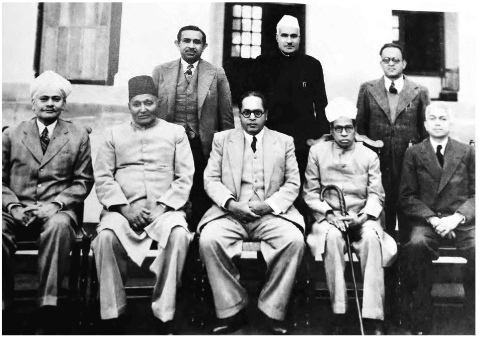
Constituent Assembly
Q4: What are the key features of the Constitution of India? Why is it still relevant, even though it was written more than seventy years ago?
Ans: Key features include:
- Fundamental Rights (e.g., equality, freedom, education),
- Fundamental Duties (e.g., respecting the Constitution, protecting nature),
- Directive Principles (e.g., justice, health, and environment goals).
- It sets up a three-tier government: Central, State, and Local, with separation of powers.
- It’s a living document—it can be amended to meet modern needs (e.g., adding the Right to Education and Panchayati Raj).
Back Questions (244 & 245)
Q1: “The Constituent Assembly had representatives from diverse backgrounds in India.” Why do you think it was important to have a diverse set of representatives from all over India?
Ans: It was very important to have a diverse set of representatives from all over India in the Constituent Assembly because India is a country with a rich diversity in terms of culture, language, religion, and social backgrounds. This diversity needed to be represented in the formation of the Constitution to ensure that all sections of society were heard and their needs were addressed.
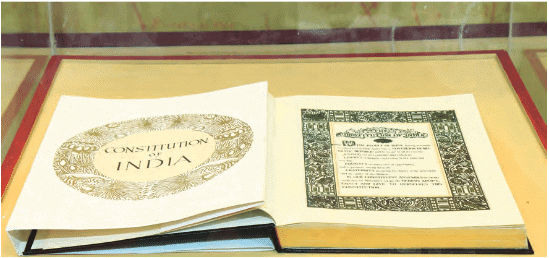
Constitution of India in Helium filled Glass Case
Here are some reasons why this diversity was crucial:
- Inclusive Representation: India is home to many different communities, such as Hindus, Muslims, Sikhs, Christians, and others, along with various caste groups and tribal communities. Including representatives from all these groups ensured that their interests, concerns, and perspectives were considered when framing the Constitution.
- Reflecting India’s Cultural Diversity: The Constitution needed to reflect the values and traditions of all regions, whether it was the North, South, East, or West. Each region has its own culture, language, and traditions. Having representatives from different regions allowed the framers of the Constitution to understand these differences and create a document that was fair to everyone.
- Strengthening National Unity: By involving representatives from all parts of the country, the Constituent Assembly worked to foster a sense of national unity. It helped in ensuring that the people of India, despite their differences, could come together and work towards building a democratic and united India.
- Ensuring Fairness and Justice: Different social, economic, and political issues were faced by various sections of society. For example, rural communities, urban populations, and tribal groups may have had different challenges. The diverse representation made sure that the Constitution addressed these issues fairly and ensured justice for all.
- Building Trust: A diverse representation helped build trust among the people of India, as they knew that their voices were being heard in the creation of the country’s laws and policies. This trust was crucial for the successful implementation of the Constitution and the functioning of the democratic system.

Q2: Read the statements below carefully and identify which key features/values in the Constitution of India are reflected in each statement.
Ans:
- a. Sheena, Rajat, and Harsh are standing in a line. They are excited to cast their first vote in the general elections.
Key Feature/Value: Right to Vote (Universal Adult Franchise)
This reflects the Right to Vote, where all citizens, regardless of their background, have the right to elect their representatives. - b. Radha, Imon, and Harpreet study in the same class in the same school.
Key Feature/Value: Equality
This reflects Equality because all students, regardless of their caste, religion, or gender, have the right to equal education. - c. Parents must make arrangements to ensure their children’s education.
Key Feature/Value: Right to Education
This reflects the Right to Education, which is guaranteed by the Constitution to ensure every child’s access to education. - d. People of all castes, genders, and religions can use the village well.
Key Feature/Value: Non-discrimination
This reflects the Right to Equality and Non-discrimination, ensuring that all citizens are treated equally, regardless of caste, religion, or gender.
Q3: It is said that ‘All citizens in India are equal before the law’. Do you think this is a fact? If yes, why? If not, why not? Formulate your arguments.
Ans:Yes, it is a fact that all citizens in India are equal before the law, as per the Constitution. The Constitution of India guarantees Right to Equality through Article 14, which states that “the State shall not deny to any person equality before the law or the equal protection of the laws within the territory of India.” This means that everyone, regardless of their religion, caste, gender, or social or economic background, is treated equally before the law.
For example:
- Article 15 prohibits discrimination on the grounds of religion, race, caste, sex, or place of birth. This ensures that people cannot be denied opportunities, such as employment or education, just because of their background or identity.
- Article 17 abolishes untouchability, making it illegal to treat any person as inferior due to their caste or background.
This legal equality means that every citizen is entitled to the same protection and rights under the law. If someone feels that their rights are violated, they can seek justice through the judiciary. For instance, anyone can take legal action against unfair treatment or injustice in the court of law.
However, while the law guarantees equality, in practice, achieving full equality is still a challenge. Social inequalities such as poverty, caste-based discrimination, and gender biases still exist in society. These inequalities often result in different levels of access to resources like education, healthcare, and employment. For example, women and people from lower castes still face barriers in certain areas of society despite the constitutional guarantees of equality.
Q4: You have learnt that ‘India is the only country that provided universal adult franchise to its citizens from the beginning.’ Can you explain why India did it?
Ans India adopted universal adult franchise immediately after its independence because it was a strong belief in democracy and equality. Universal adult franchise means that every adult citizen of India, regardless of gender, caste, religion, or economic background, has the right to vote. This decision was made to ensure that every citizen had a say in the governance of the country.
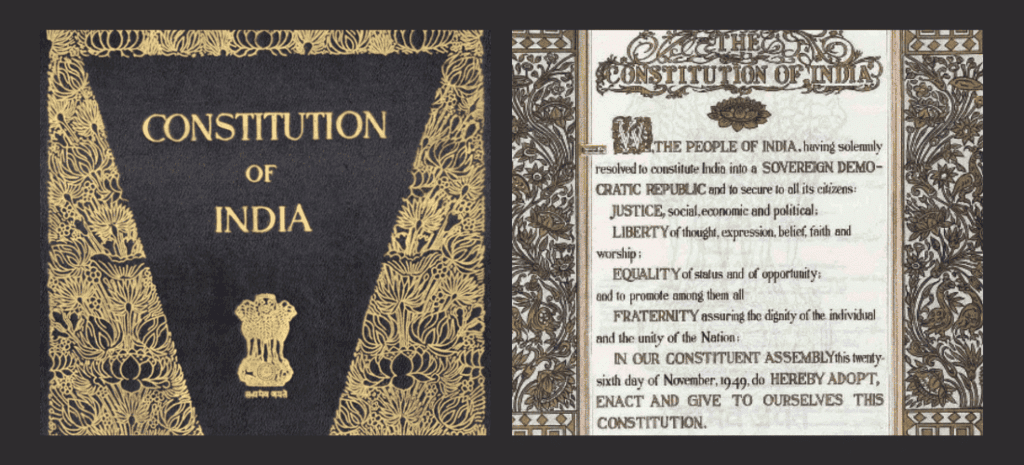
Preamble of Indian Constitution
There are several reasons why India chose to provide universal suffrage:
- Commitment to Democracy: After gaining independence in 1947, India wanted to establish a democratic system where all its citizens could participate equally in choosing their government. This was an essential part of the country’s transformation from a colonial state to a free and independent nation.
- Inclusion of All Communities: India is home to diverse communities, including people from different cultural, linguistic, and religious backgrounds. Providing the right to vote to all citizens, regardless of these factors, ensured that no one was excluded from the democratic process. It promoted the idea of a united India, where people from all walks of life could help shape the future of the country.
- Eliminating Discrimination: Before independence, colonial rulers had made the laws for India, often giving the right to vote only to certain groups, based on wealth or education. India’s founding leaders wanted to break away from this colonial system and ensure that every citizen, no matter their social status, had a voice. This was particularly important in a country where many had been excluded from political participation for centuries.
- Equal Representation: By giving the right to vote to every adult, India ensured that the government represented all segments of society. This was particularly important for marginalized groups, such as Scheduled Castes, Scheduled Tribes, and women, who had historically been excluded from the political process. Universal adult franchise gave them a platform to demand their rights.
- Political and Social Equality: The adoption of universal adult franchise was also a step towards creating a just society where everyone, regardless of their background, could influence political decisions. By allowing all adults to vote, India made a commitment to equality, so that no group would dominate the political landscape, and all communities would have an equal say in forming the government.
Q5: How did the freedom struggle inspire the making of the Constitution of India? How did India’s civilisational heritage inspire some of the key features in the Constitution of India? Explain.
Ans:
- The freedom struggle played a significant role in inspiring the Constitution of India. Leaders like Mahatma Gandhi, Jawaharlal Nehru, and Dr. B.R. Ambedkar emphasized values like justice, equality, freedom, and fraternity, which were key ideals in the Constitution.
- The struggle for independence highlighted the need for a system that protected the rights of all citizens, promoted social and economic justice, and united the diverse population of India.
- India’s civilisational heritage also influenced the Constitution, particularly in the emphasis on tolerance, pluralism, and respect for diverse cultures and religions. Concepts like “Vasudhaiva Kutumbakam” (the world is one family) and Sarve Bhavantu Sukhinah (may all be happy) were reflected in the Constitution’s commitment to social harmony and inclusive development.
Q6: Do you think we, as a society, have achieved all the ideals of the Constitution? If not, what can we each do as citizens to move our country closer to these ideals?
Ans:No, we have not yet fully achieved all the ideals of the Constitution, as there are still challenges in areas such as equality, education, gender justice, and economic disparity. However, the Constitution provides the framework to work towards these ideals. As citizens, we can contribute by:
- Promoting equality and standing against any form of discrimination.
- Participating in elections to ensure that we choose representatives who work for the welfare of all.
- Supporting policies that aim to improve education, healthcare, and employment opportunities for everyone, especially marginalized communities.
- Spreading awareness about fundamental rights and duties to help everyone understand their roles in society.
We must continue to work together, respecting each other’s differences and working towards a more just and equal society, in line with the principles laid out in the Constitution.
Q7: Read the clues carefully to solve the crossword on the next page to uncover important concepts from the Indian Constitution.
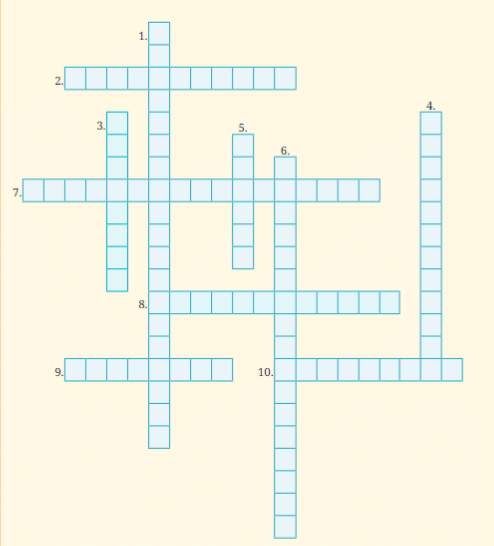
Clues for Crossword:
- Across:
2. The branch of government that makes laws: Legislature
7. The part of the Constitution that outlines the duties of citizens: Fundamental Duties
8. The highest court in India that protects the Constitution: Supreme Court
9. A system where the head of state is elected, not hereditary: Republic
10. The process by which the Constitution can be changed over time: Amendment - Down:
1. The group of people who wrote the Indian Constitution: Constituent Assembly
3. The statement at the beginning of the Constitution that tells us the values it upholds: Preamble
4. The document that lays out the rules and laws of a country: Constitution
5. The gas used to preserve the original Constitution safely: Helium
6. Basic rights given to every citizen, like freedom and equality: Fundamental Rights
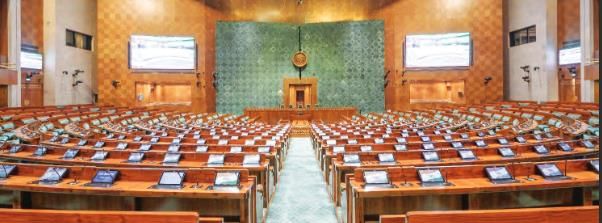
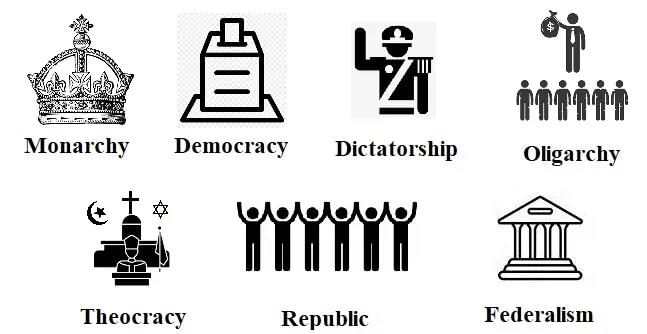
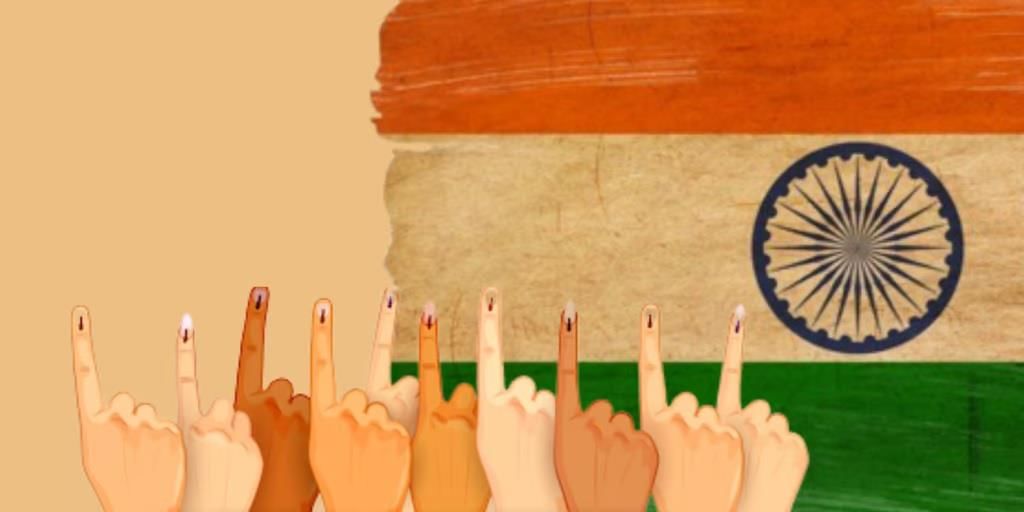
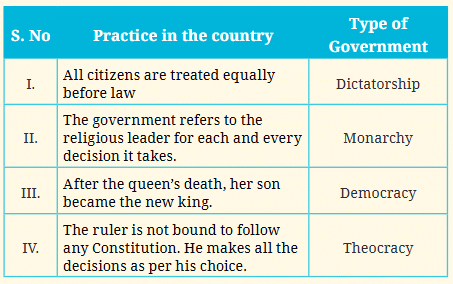

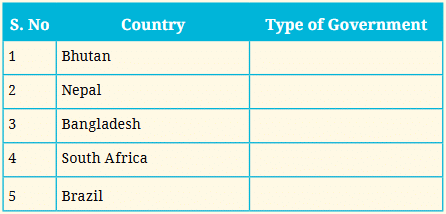
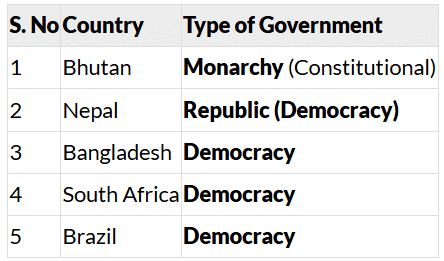
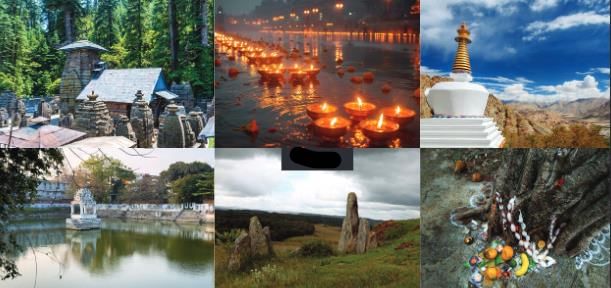
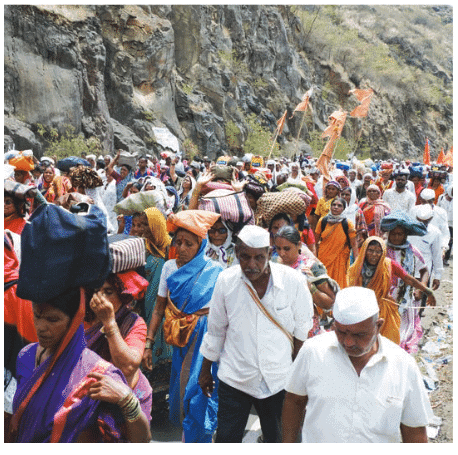
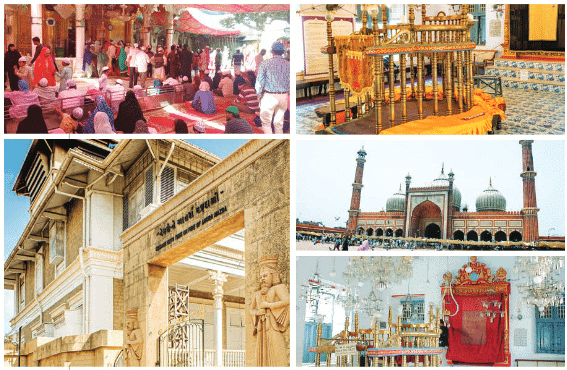 If we see a forest as a sacred grove, rather than just timber to be cut, we will protect and preserve it, understanding its role in maintaining balance in nature.
If we see a forest as a sacred grove, rather than just timber to be cut, we will protect and preserve it, understanding its role in maintaining balance in nature.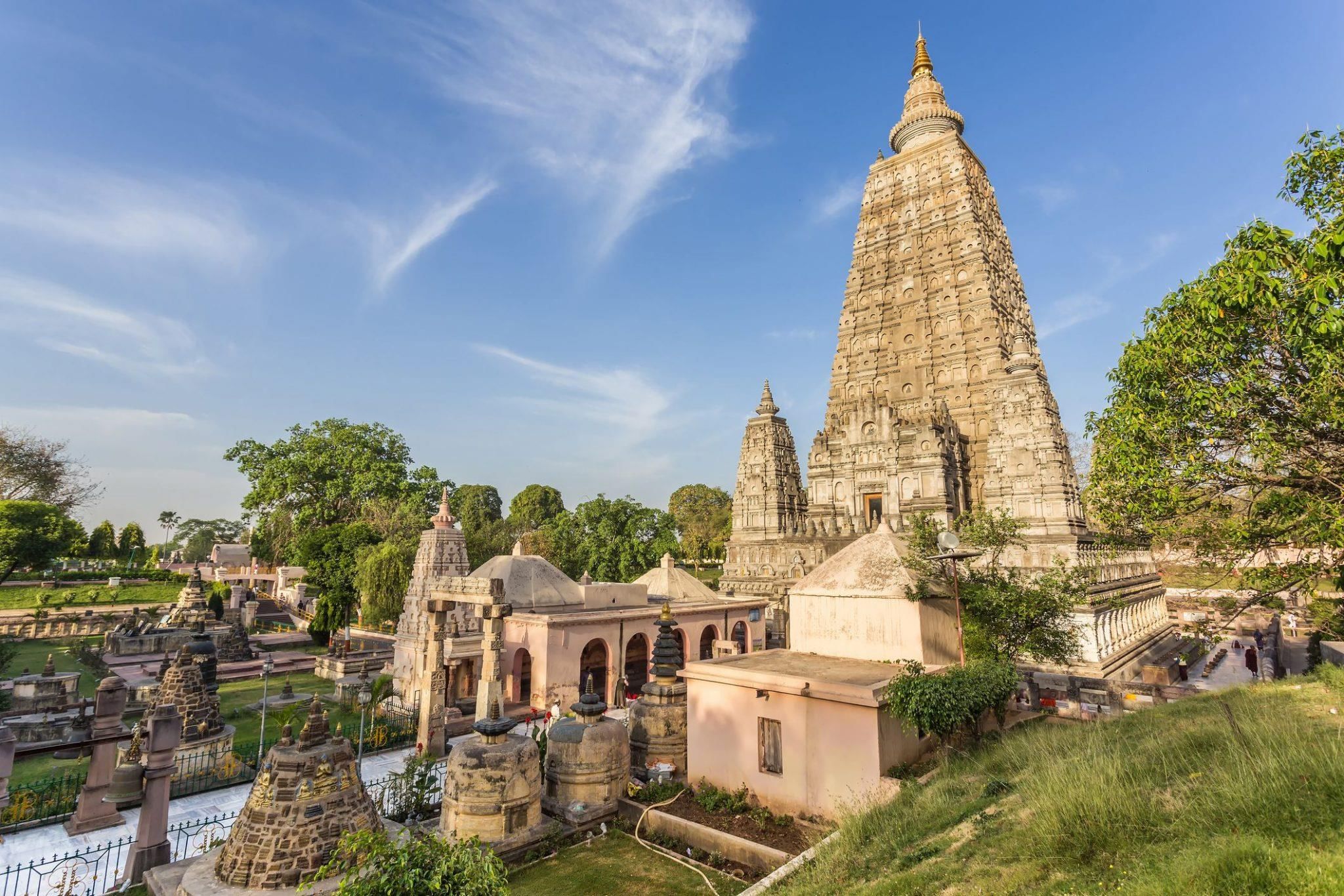 Although Bodh Gaya is in Bihar, it is closely connected with Uttar Pradesh, especially Varanasi. It is where Lord Buddha attained enlightenment under the Bodhi tree.
Although Bodh Gaya is in Bihar, it is closely connected with Uttar Pradesh, especially Varanasi. It is where Lord Buddha attained enlightenment under the Bodhi tree.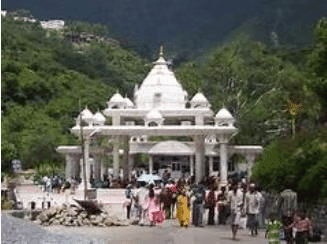 Vaishno Devi Temple in Jammu and Kashmir is located on a mountain, symbolizing the path to the divine. The journey to such temples is considered a spiritual pilgrimage.
Vaishno Devi Temple in Jammu and Kashmir is located on a mountain, symbolizing the path to the divine. The journey to such temples is considered a spiritual pilgrimage.
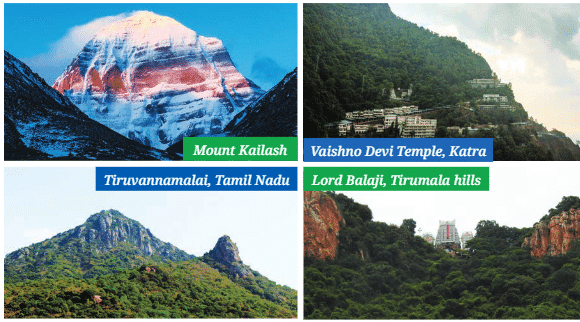
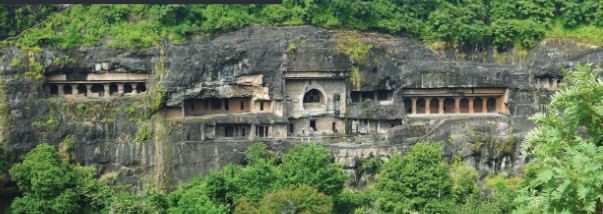
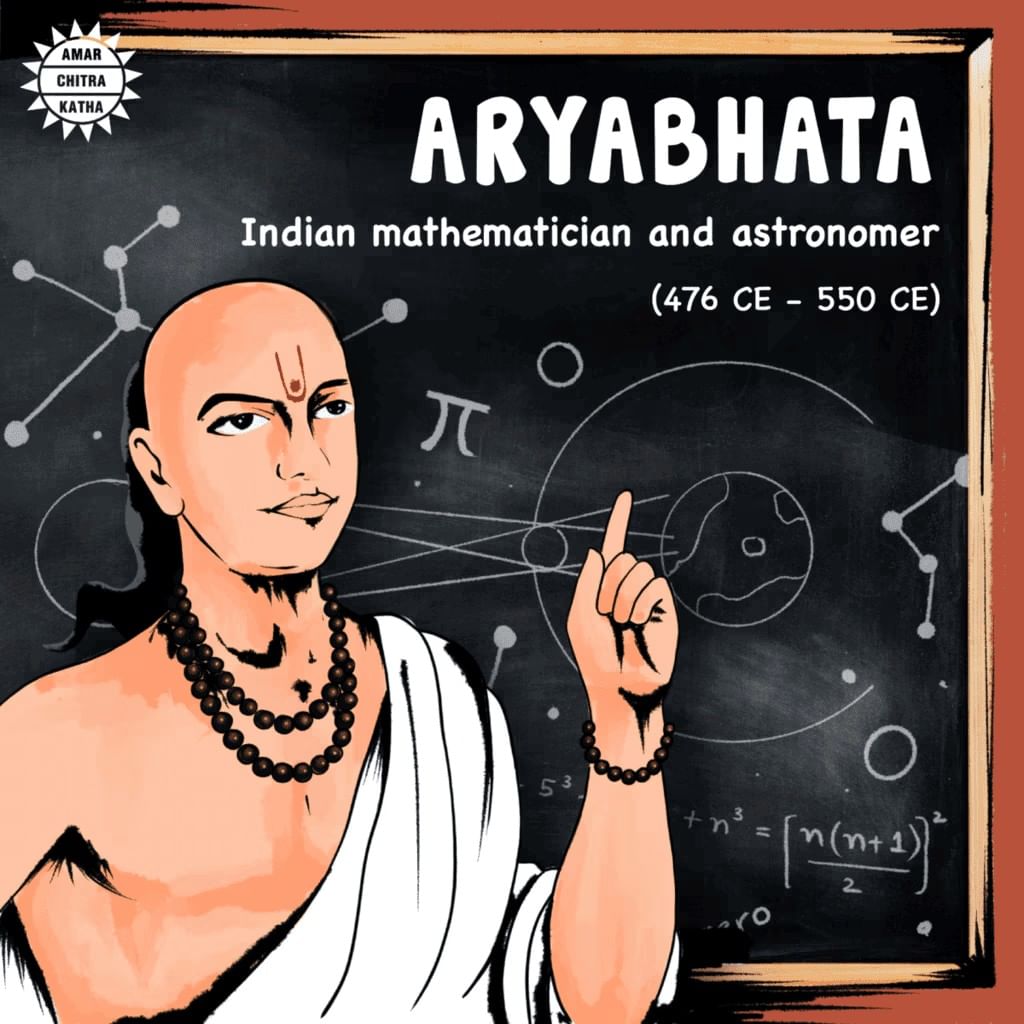
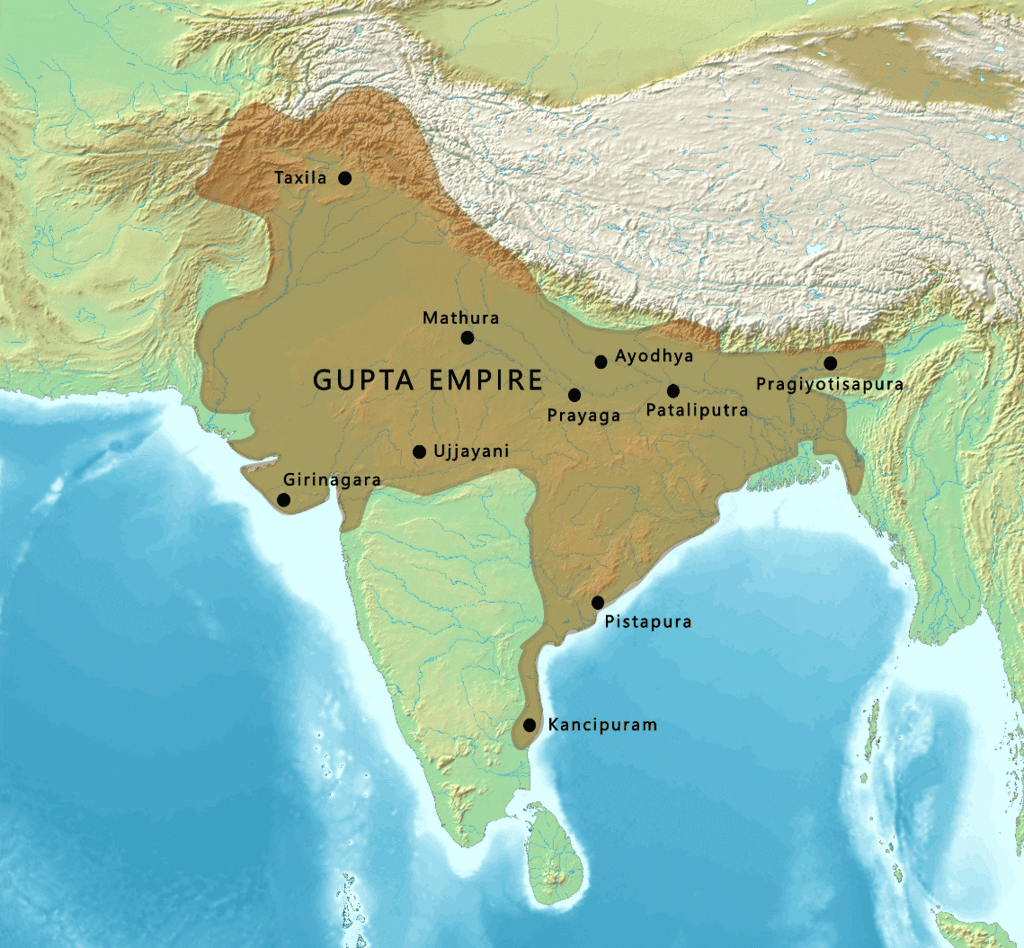
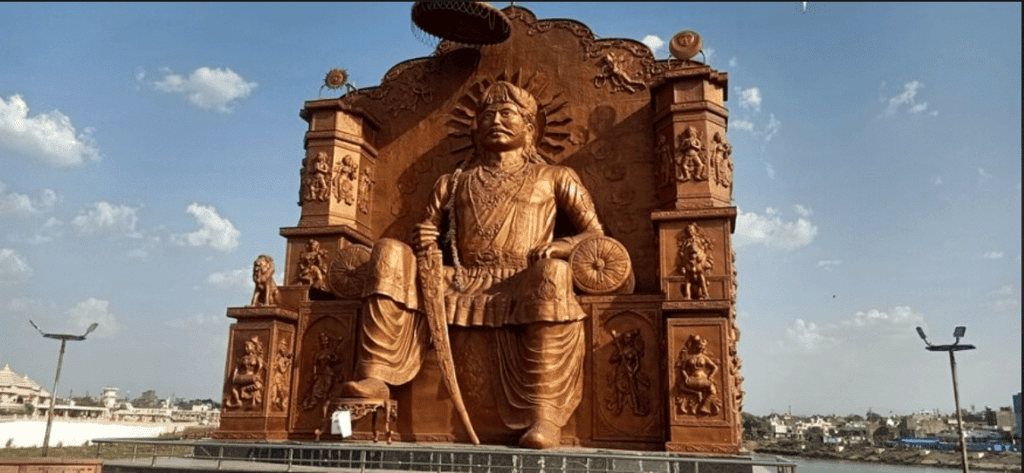
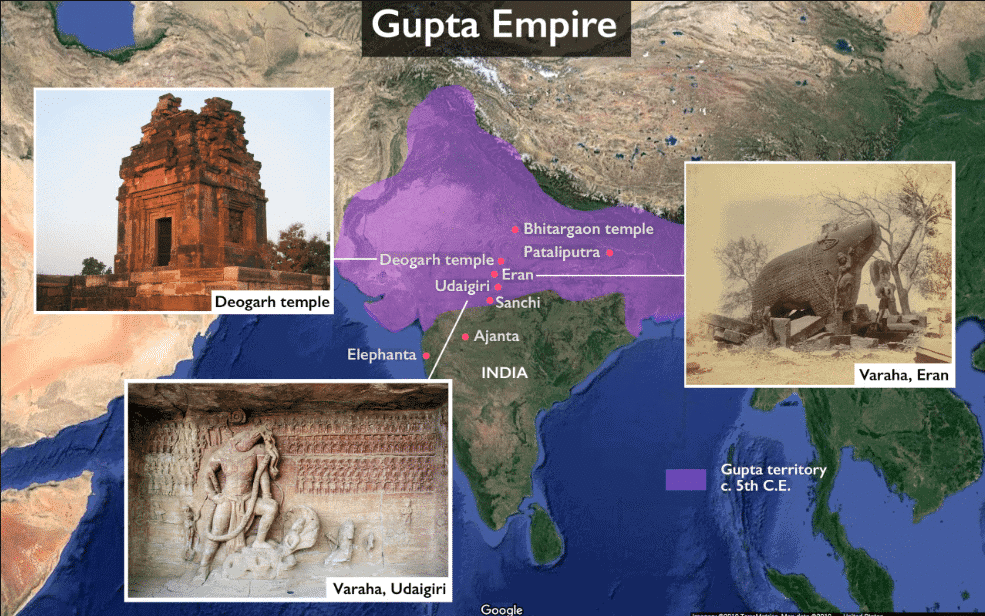
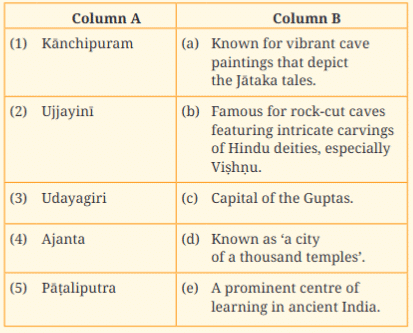
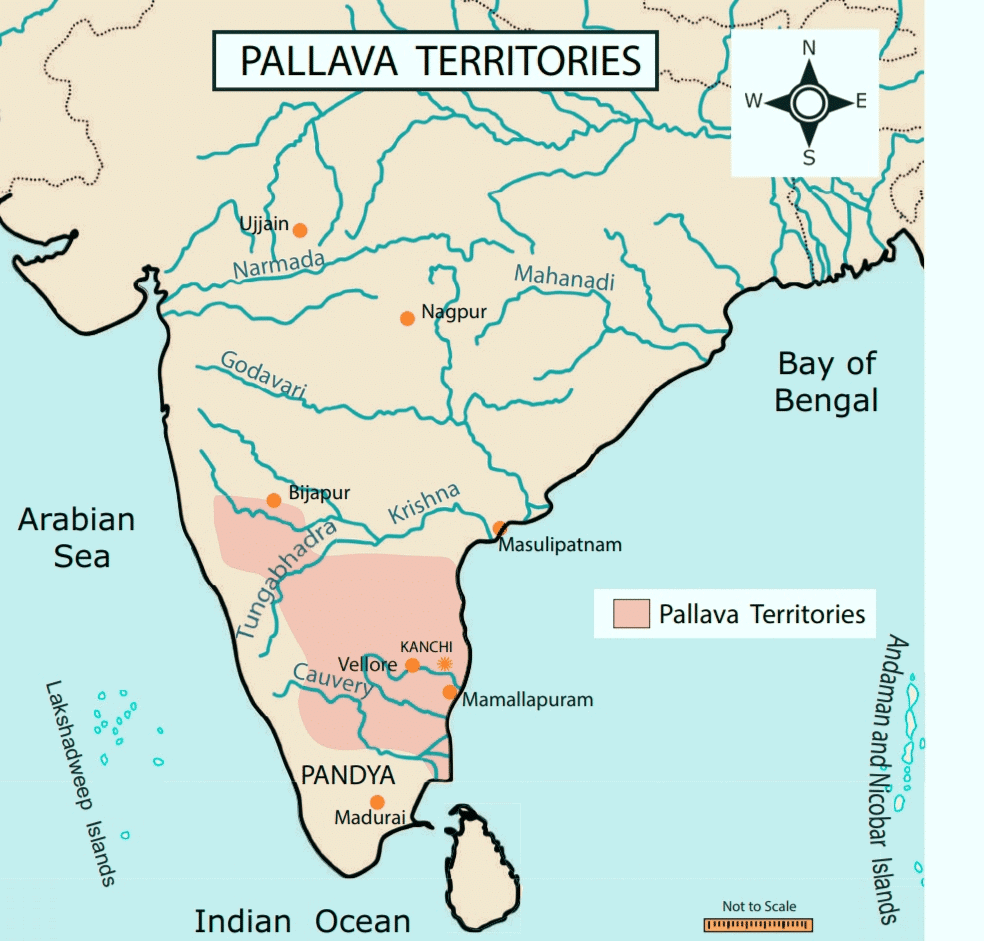
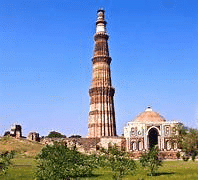
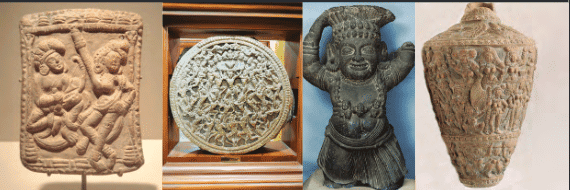
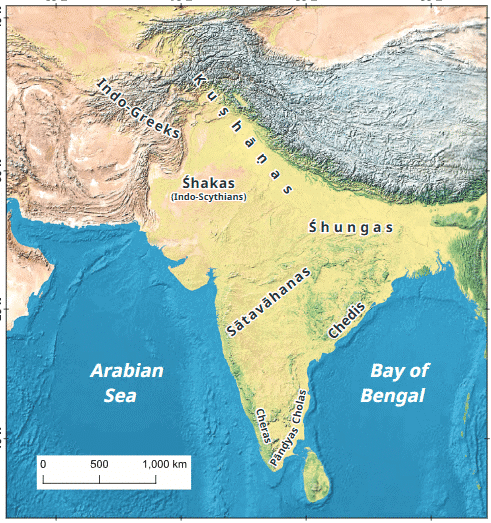

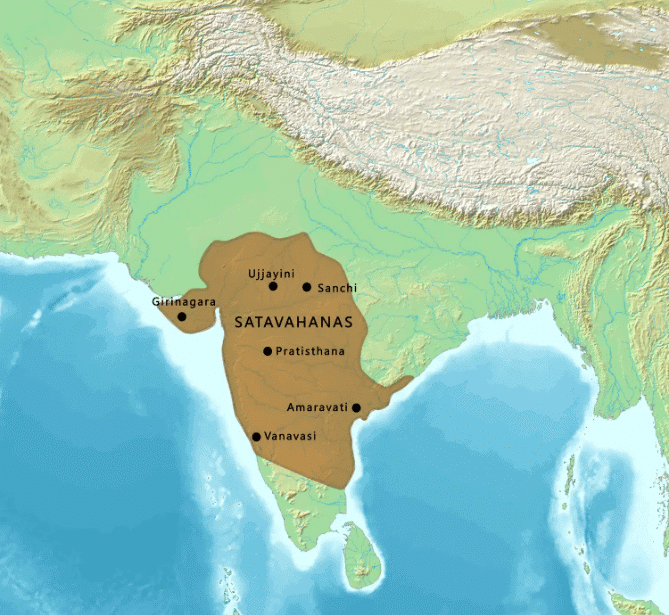
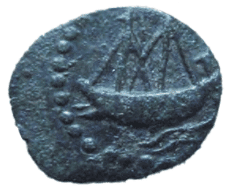
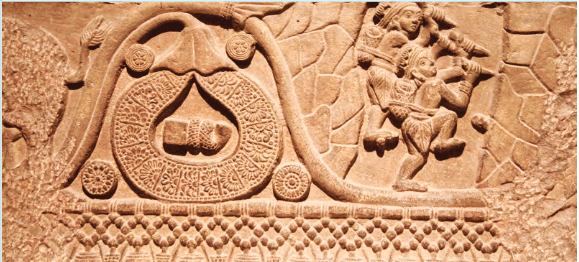
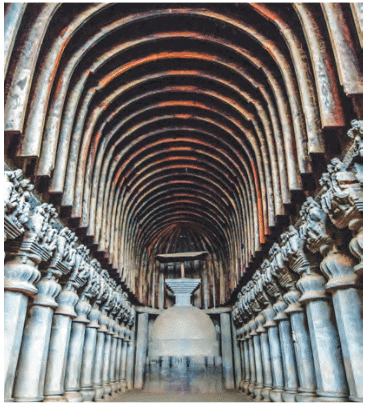
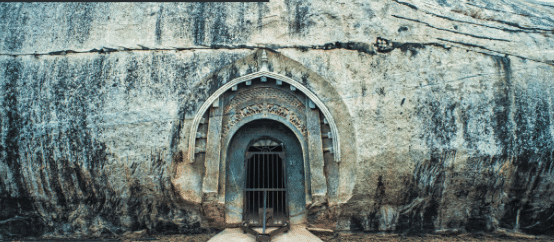
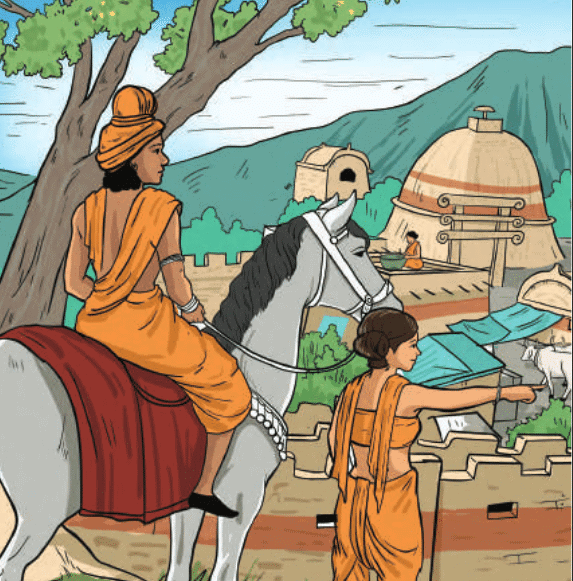
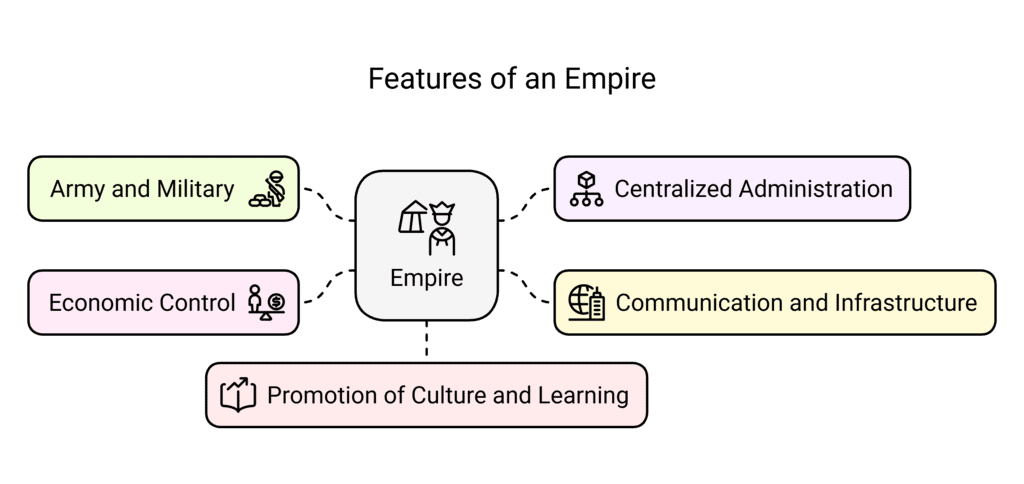
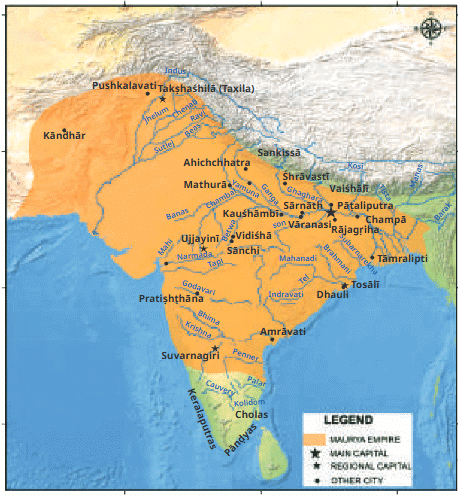
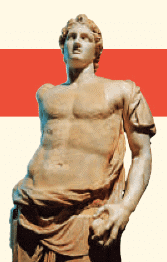 Alexander the Great
Alexander the Great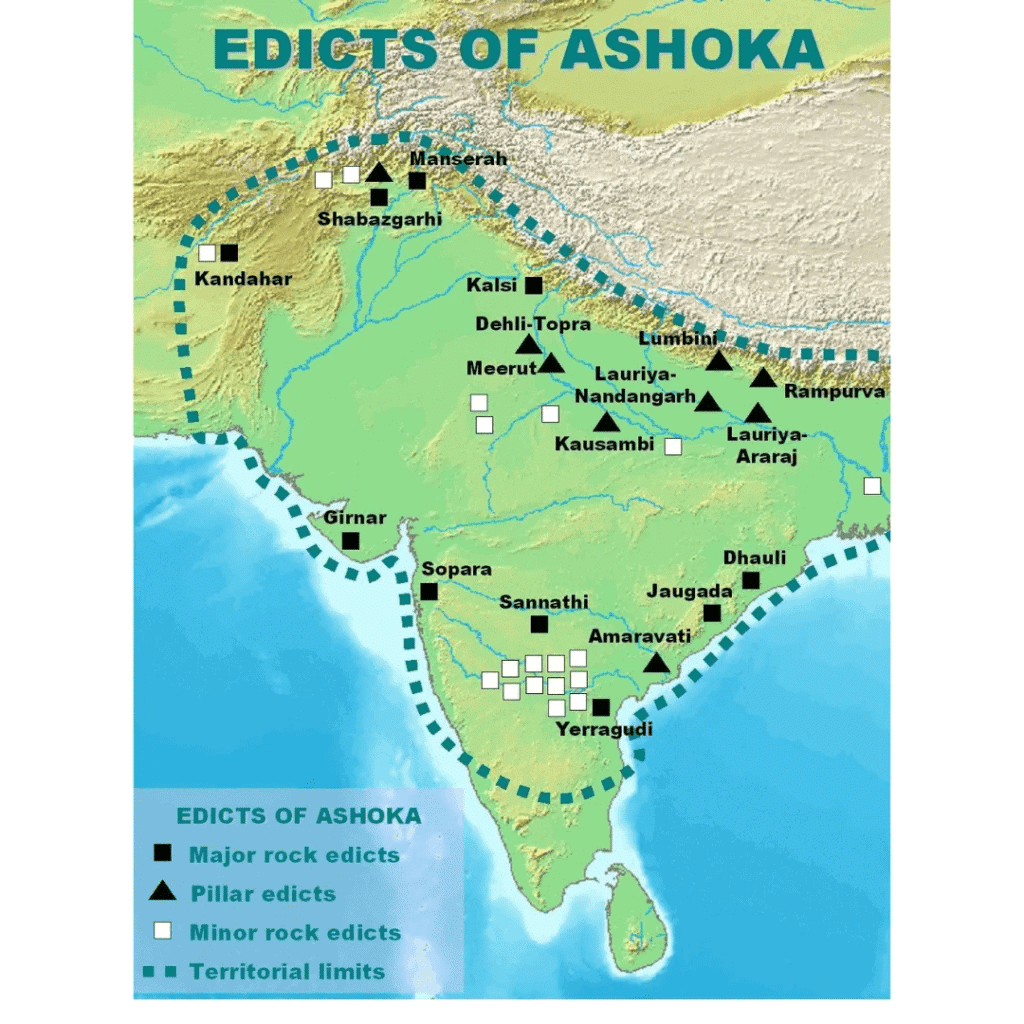
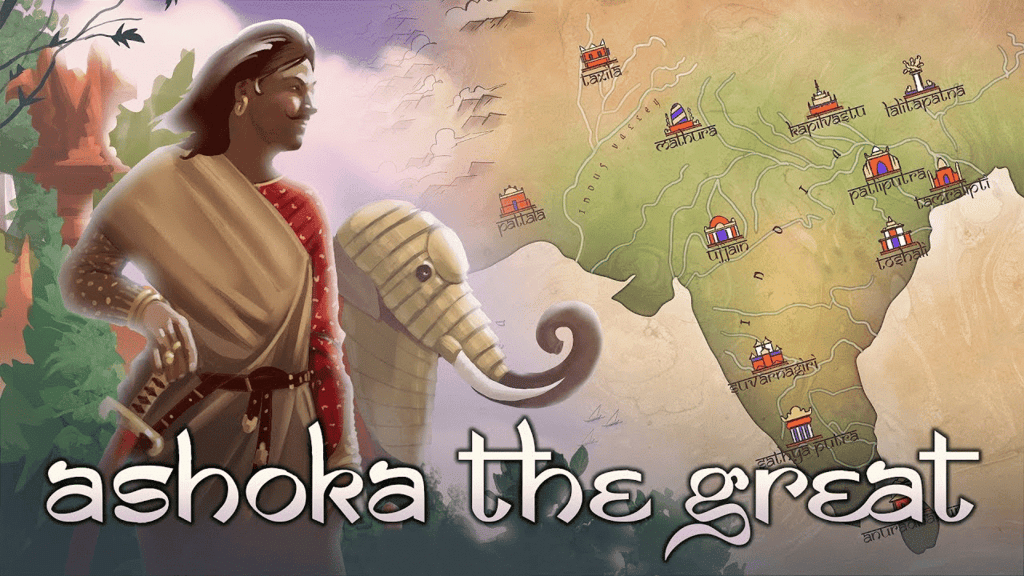
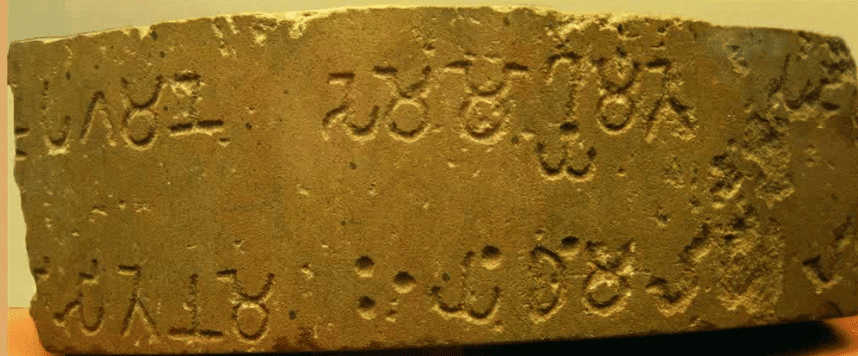 Brahmi Script
Brahmi Script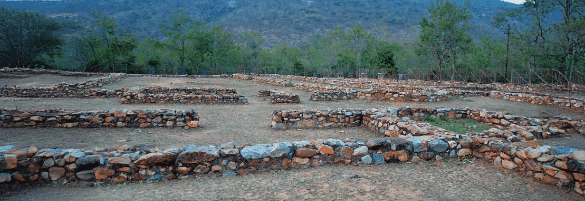
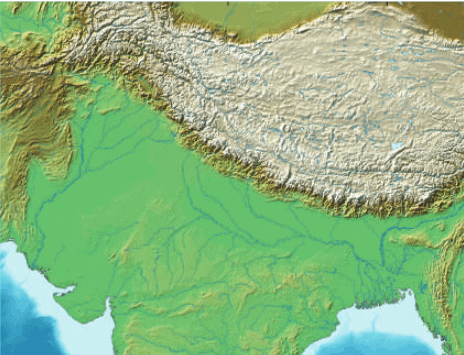
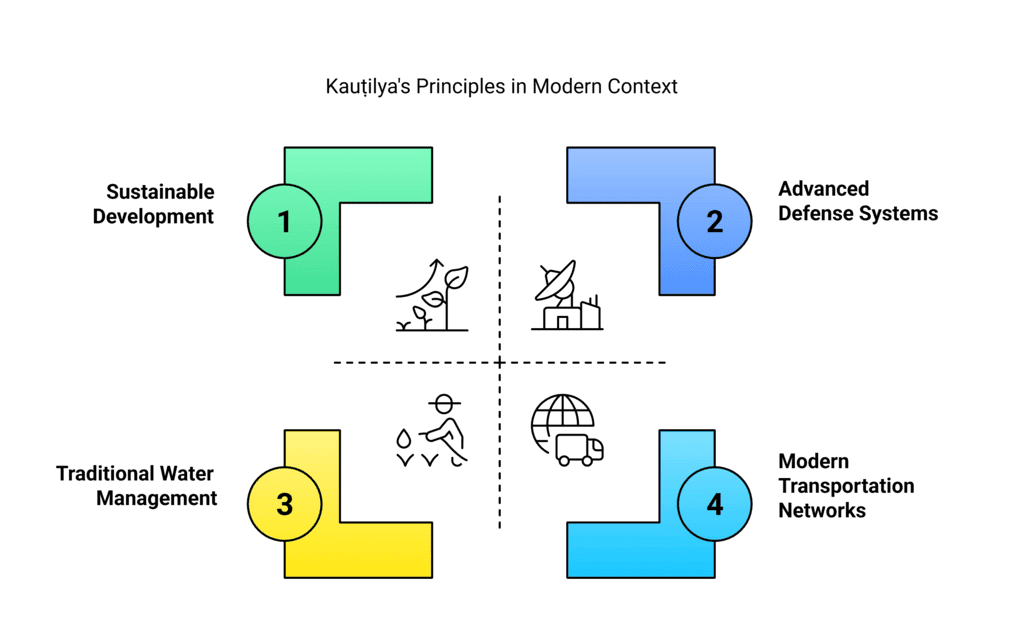
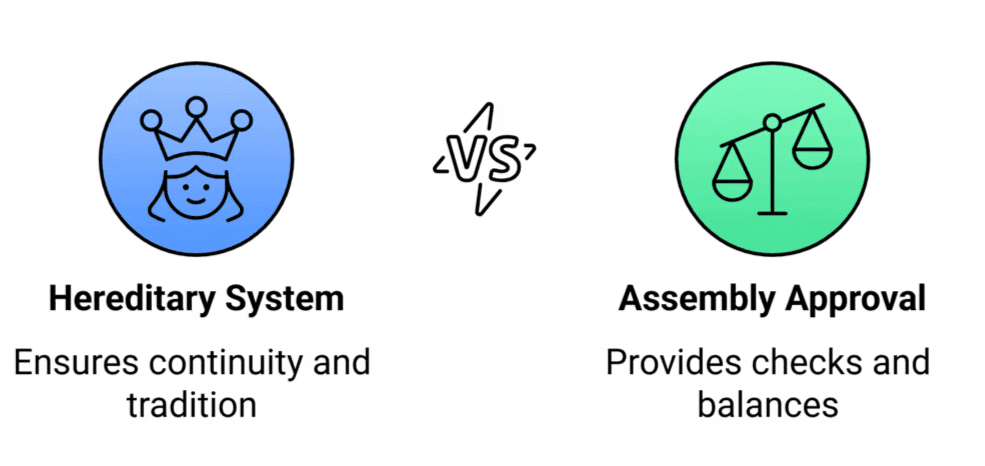
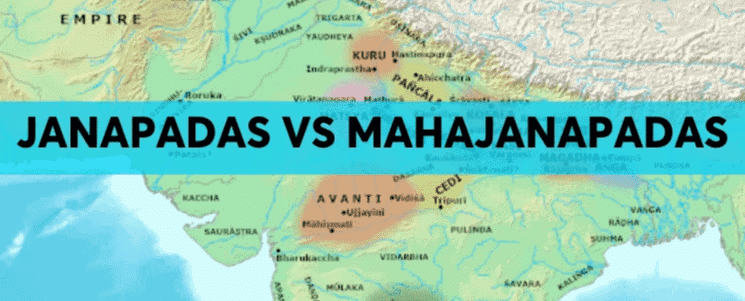

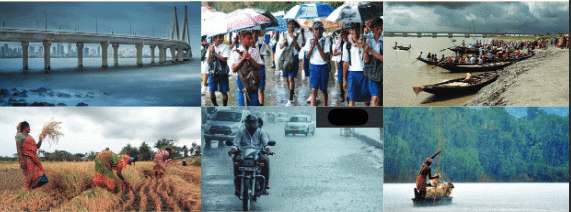
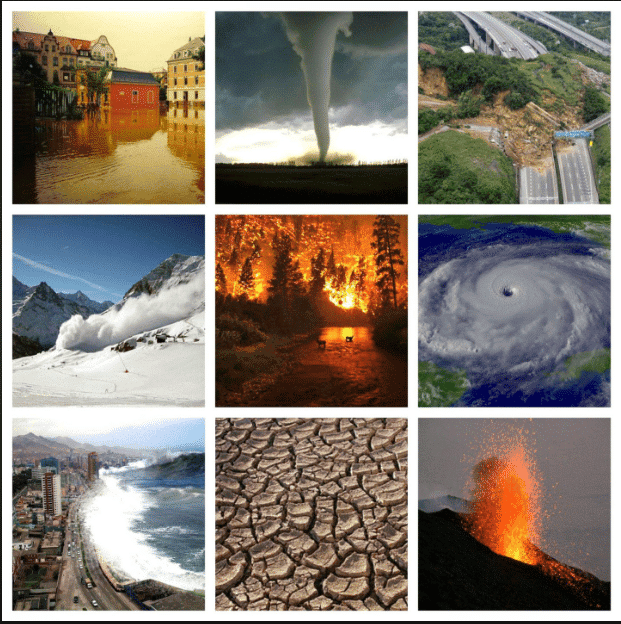
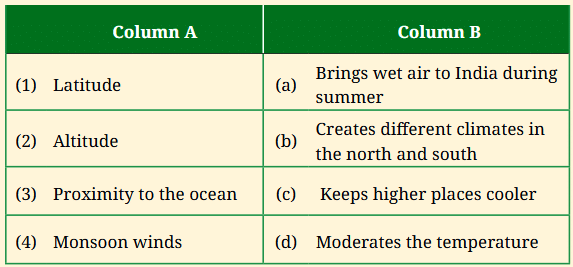

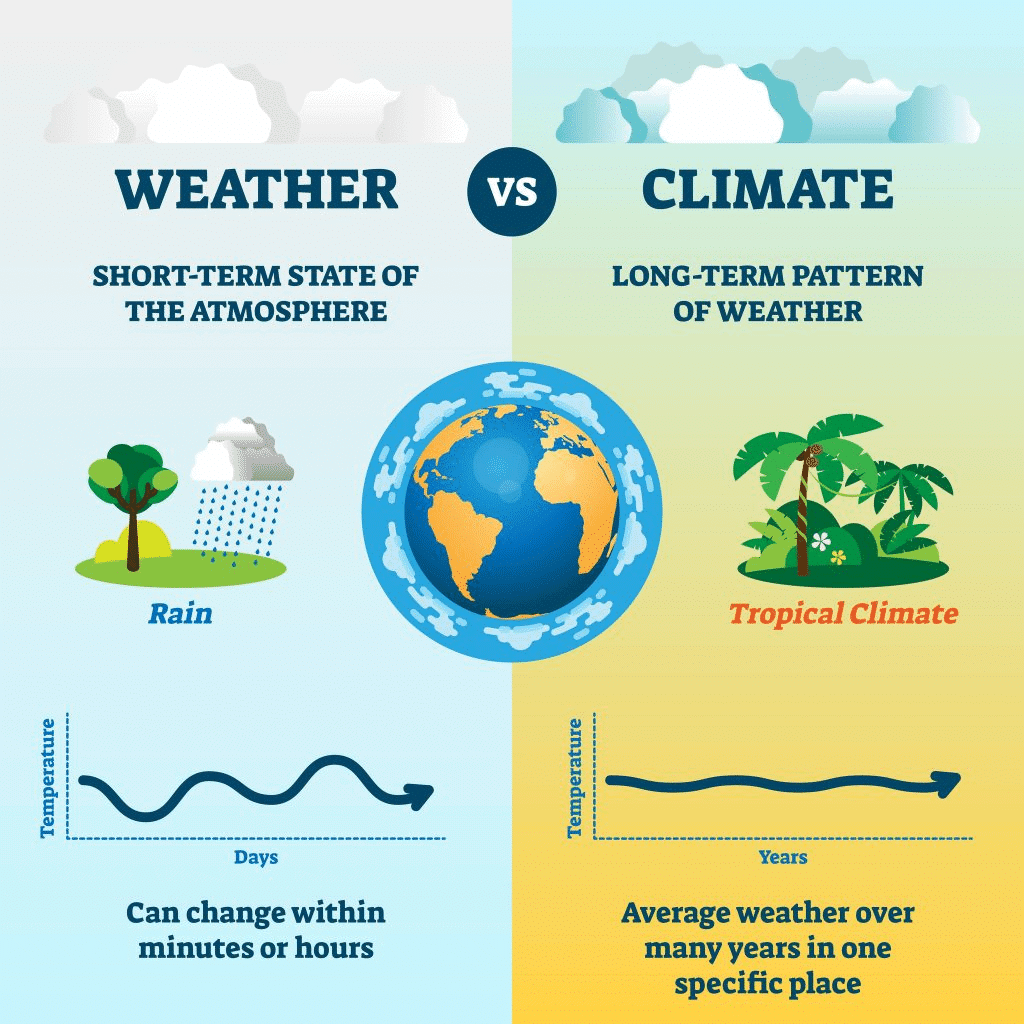
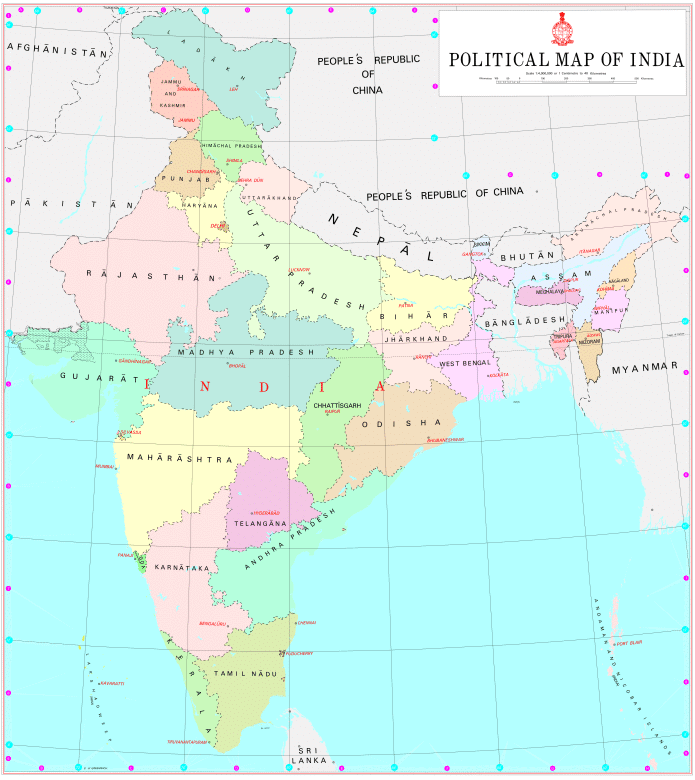

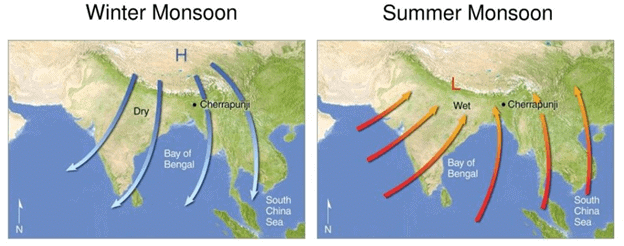
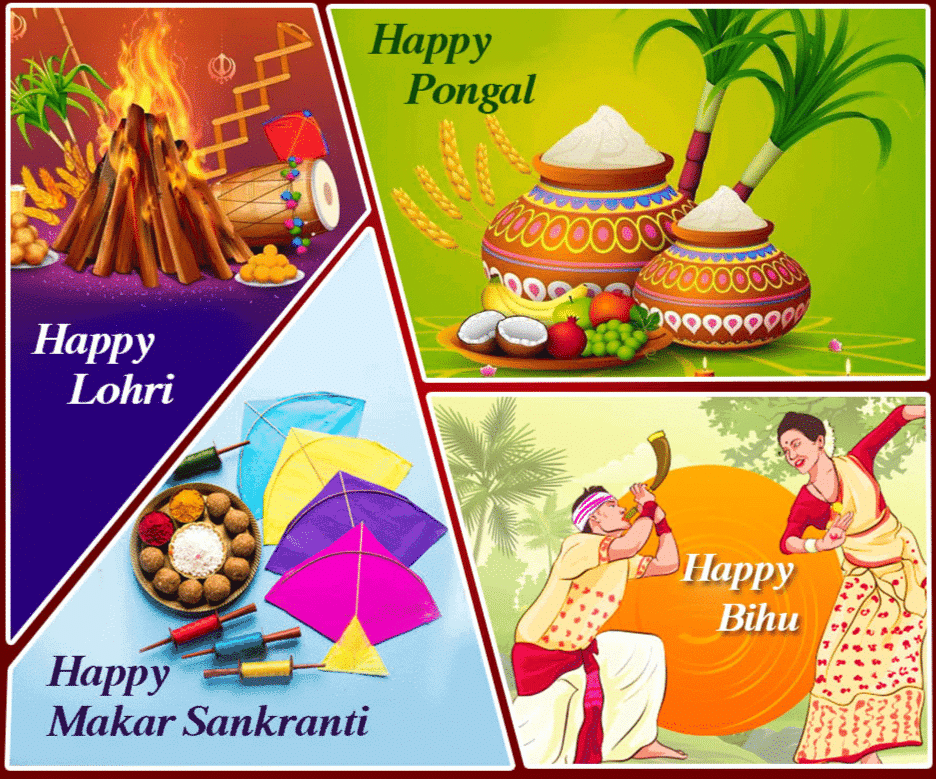
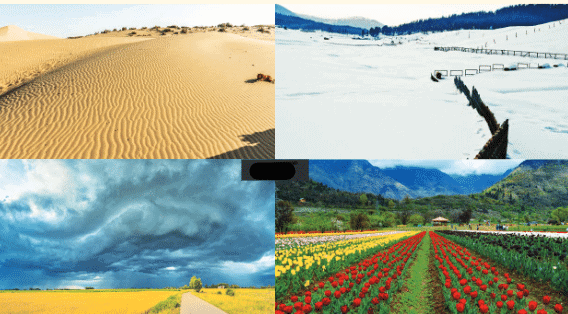
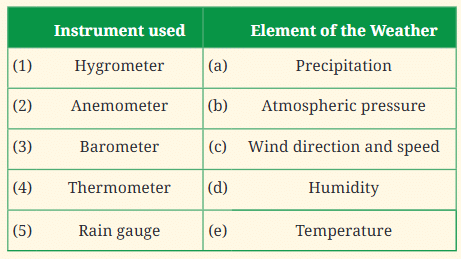
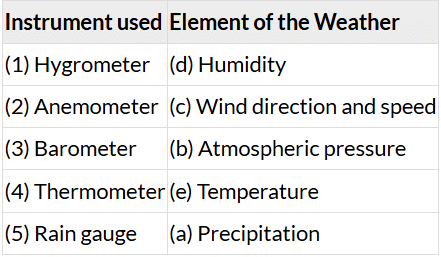
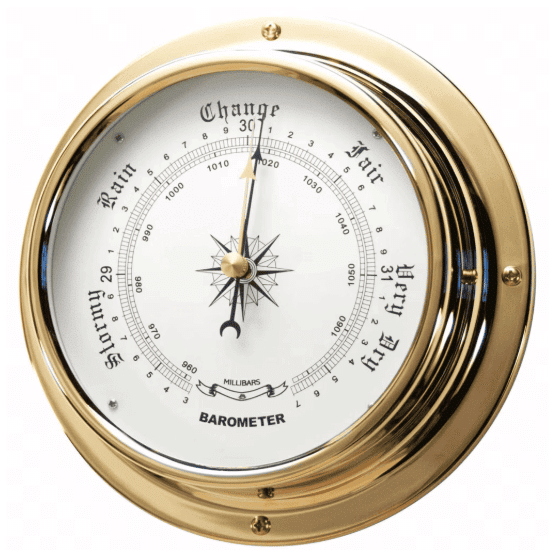 Barometer (Measures Atmospheric Pressure):
Barometer (Measures Atmospheric Pressure): Thermometer (Measures Temperature):
Thermometer (Measures Temperature):

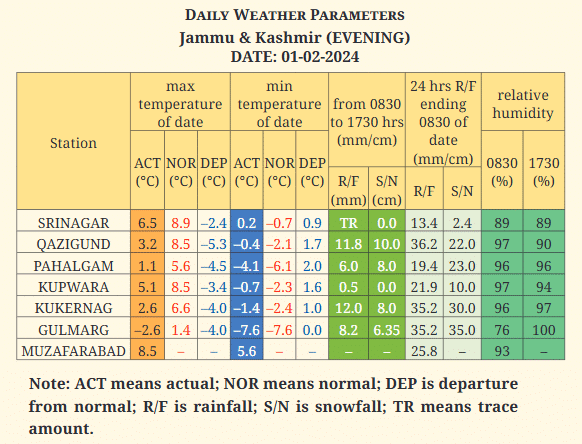
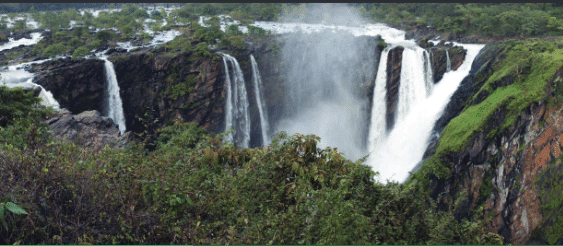
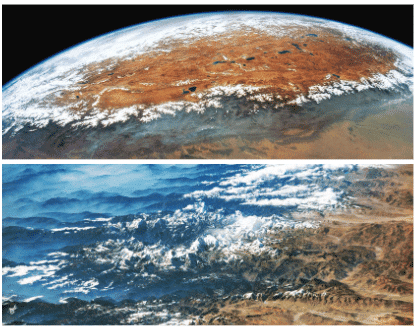 The Himalayas: The Himalayan mountain range is one of the most significant geographical features in India. It forms a natural boundary between India and the countries to its north, such as China and Nepal. The Himalayas are important because they influence the climate of India, as they block the cold winds from the north, creating a warmer climate in the plains. They also feed major rivers, like the Ganga and the Brahmaputra, which are crucial for agriculture and daily life. Additionally, the Himalayas are home to various species of plants and animals, making them an ecological hotspot.
The Himalayas: The Himalayan mountain range is one of the most significant geographical features in India. It forms a natural boundary between India and the countries to its north, such as China and Nepal. The Himalayas are important because they influence the climate of India, as they block the cold winds from the north, creating a warmer climate in the plains. They also feed major rivers, like the Ganga and the Brahmaputra, which are crucial for agriculture and daily life. Additionally, the Himalayas are home to various species of plants and animals, making them an ecological hotspot.